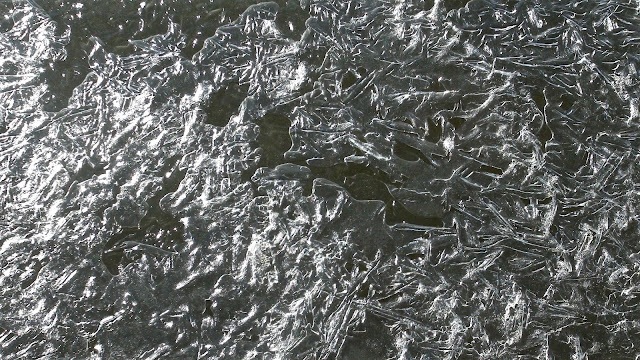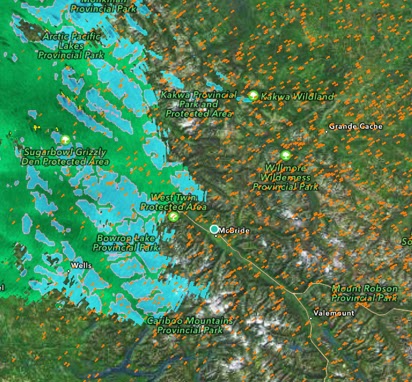The McBride Library Book Club meets monthly. Normally in book clubs, members all read the same book and then discuss it. Here in McBride, a theme is chosen and everyone can choose any book they want from that theme. Since February is associated with Valentine’s Day and love, the theme was “True Love.” This time the librarians wrapped up suitable books for the theme in newsprint and the readers had to choose one of the books without knowing what it was.
The book I picked ended up to be Jane Eyre by Charlotte Bronte. That choice was alright with me since I like the time period and had seen several film adaptations of the novel. I was curious to see how the book differed from the movies. I took the book home and began to read. Right away I realized that I was going to have trouble with the vocabulary. I was running into a lot of words I didn’t know.
Then I thought of downloading the book and reading it on my iPad. Old books like Jane Eyre are no longer copyrighted, so you can get them online for free. I just downloaded a copy from Apple’s iBooks. One of the advantages of reading digitally is that when you come across a word you don’t know, you can just touch the word and it’s definition comes up. This made the book a whole lot easier for me to read.
Here is my review:
The first part of the book reads like a Charles Dickens novel. Young Jane, unloved and abused by her guardian (an unrelated aunt) is sent off to an orphanage where she again is made to feel, unloved, shamed, abused, and starved as well, by a cruel, arrogant, and pompous minister who is in charge of the place, however because of the friendship of an older girl (who soon dies) and a teacher, Jane begins to thrive and the orphanage begins to feel like home.
Jane remained at the orphanage becoming a teacher, but at the age of 18, yearning for life in the real world she knew so little about, and seeking employment elsewhere, she put an ad in a newspaper and was offered a teaching job at Thornfield, an isolated mansion in the moors. There she lived, teaching a young French girl and living with the housekeeper and staff, employed by the absentee and unseen landowner, Mr. Rochester.
When Rochester finally makes an appearance, he is a moody, mysterious fellow, old enough to be Jane's father. Slowly they become friends, and one night Jane is awakened by strange laughter and smoke, and upon investigating discovers Rochester sleeping amidst a flaming bed. Jane saves his life, but is left in the dark as to what had happened. Rochester holds her hand and mysteriously asks Jane not to mention the incident to the rest of the staff, saying he will make up a story to explain to them.
After that night Jane realizes she has developed deep feelings for Rochester and is very shocked and hurt the next morning when she is told that Mr. Rochester has departed from the house, his return unknown, perhaps even a year. The good news for Jane is that Rochester is only gone for a couple of weeks, the bad news is when he returns it is with a group of neighbors, one of which is a beautiful young lady who he is rumored to marry.
More mystery is added to the mix when an unexpected guest is stabbed and bitten during the night and Rochester asks Jane’s help deal with it, but to keep it all secret. Soon after, Jane gets an unexpected letter saying her former guardian, the one who treated her so horribly as a child, was on her death bed and had requested Jane's presence.
Being such a decent and good person, Jane goes to her. The woman confesses she hated Jane's intrusion into her family, and despite her promise to care for Jane, had spitefully kept a letter from her, sent by one of Jane's long lost relatives, who wanted to adopt Jane.
With the death of her former guardian, Jane returns to Thornfield and Rochester. It is spring and love is in a the air. Rochester speaks of his upcoming marriage and Jane, heartbroken knows she must leave, then Rochester lets it drop that his intended bride is not the beautiful neighbor but--wait for it--Jane!
The morning after the night after the proposal took place, Jane was told by her student that a great tree was split into two pieces--a foreshadowing of things to come? Jane was in a state of ecstasy as the date of her marriage approached, but then the night before, her sleep was wracked by a nightmare that that the Thornfield mansion was in ruin, and then she awakens to find a strange woman in her room who tears Jane's wedding veil in half. The night's activities fills her with foreboding despite Rochester's attempts to cheer her up.
During the wedding ceremony when the pastor asked whether there was any impediment to prevent the union, from the congregation came the reply, "Yes" and then came the reason: Rochester was still married to someone else.
Jane's bright future suddenly reverses as she learns that the screams and night visitations she had experienced were made by Rochester's wife, who is totally and utterly mad and has to be restrained. In complete devastation, Jane flees Thornfield venturing out aimlessly and is soon destitute in the heath moors, waiting to die. Will Jane and Rochester ever find love and happiness?
I will quit the narrative at this point, 2/3rds through the novel, and leave it to you to find out how this story resolves,.
Why does this novel make such a good love story? I think it is because of all the pity we have for Jane, who seems so decent and honest, but has suffered such an abusive childhood. We want something good to happen to her as a reward. Rochester, as we learn more about him, has also suffered. His arranged marriage by his father to the mad woman has saddled him with torment for life, but he tries to be noble in his situation.
We want both he and Jane to get together and be happy, but things just seem stacked against them.
One interesting thing that struck me in reading Jane Eyre was the importance of foreheads, something I never placed too much importance to, but foreheads seem to have been quite an important part of the anatomy at that time. Statements such as "Does my forehead not please you? And "What a sweet tempered forehead he has" left me puzzled. The word "forehead" occurred in the book 30 times.
I really did enjoy reading Jane Erye, and was thankful I downloaded and read it on my iPad, where I had the definitions of all those unfamiliar words at my fingertips.





























